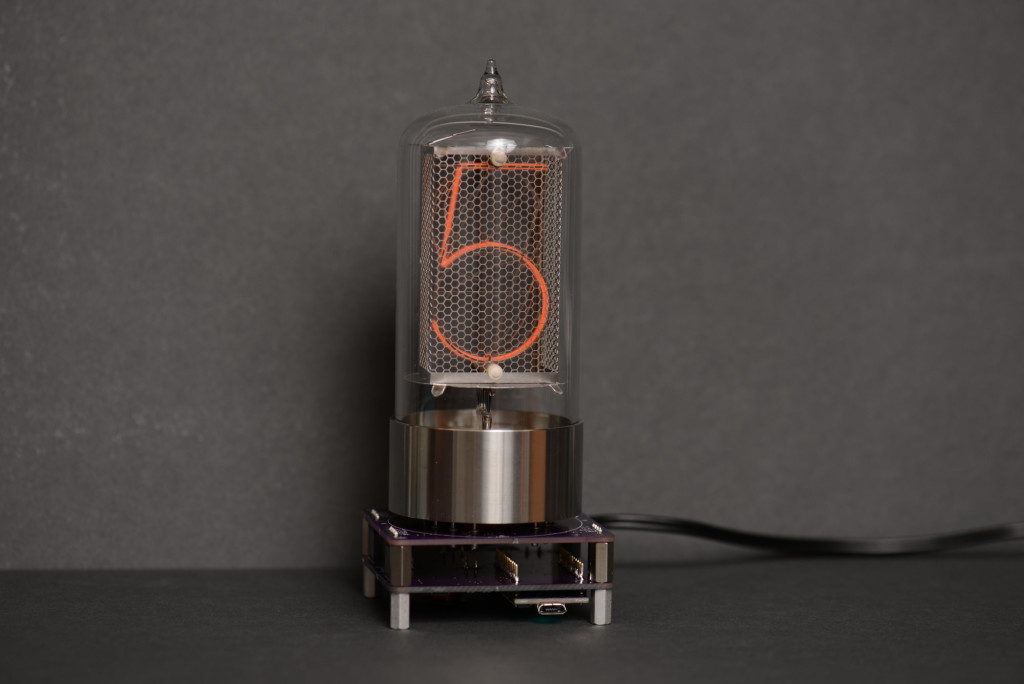
Philip Color Kinetics ColorBurst 4 10 watt RGB LED flood light controlled and powered over the network.
Time for another PoE project! This project uses a Silvertel 802.3at Ag5300 PoE+ module with a built-in isolated 24 V DC/DC converter to power a 10 W ColorKinetics ColorBurst 4 RGB LED floodlight. The Ethernet cable and light plug into a small power / control board and PoE+ powers the floodlight and Art-Net UDP packets control the light. If this were a real product, the power / control board would be integrated into the fixture and the Ethernet cable would then plug directly into the back of the light.







